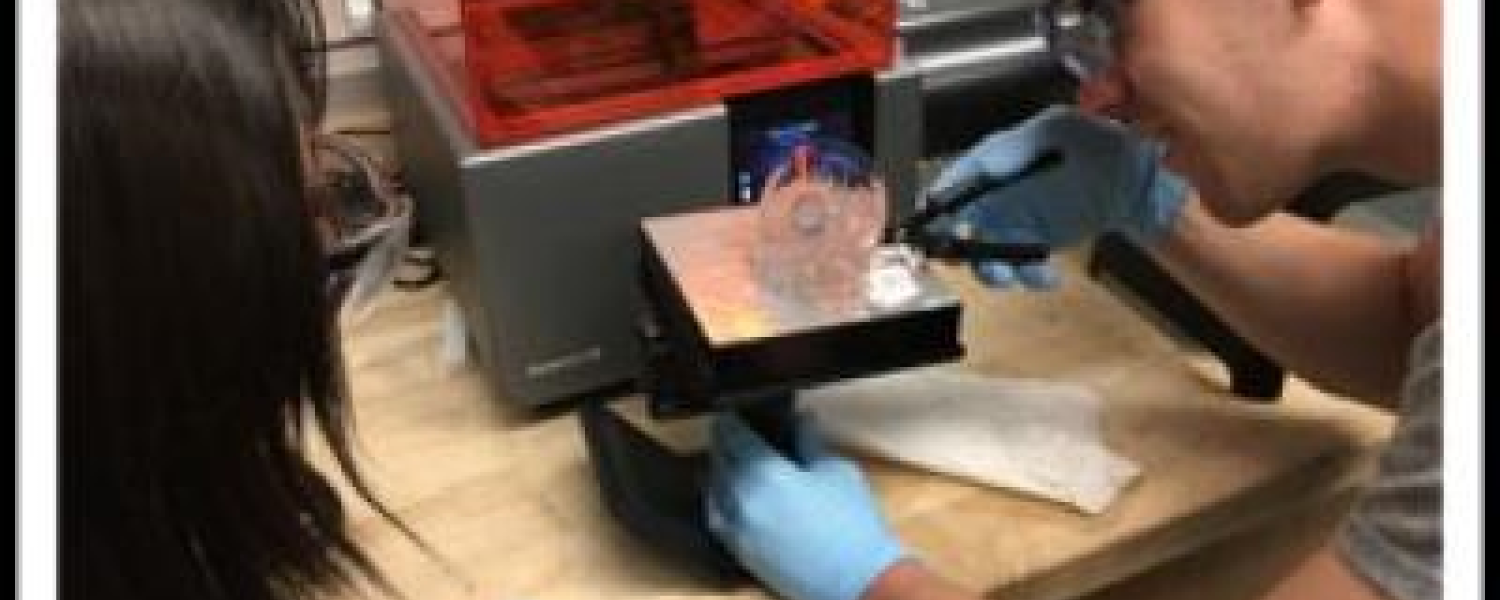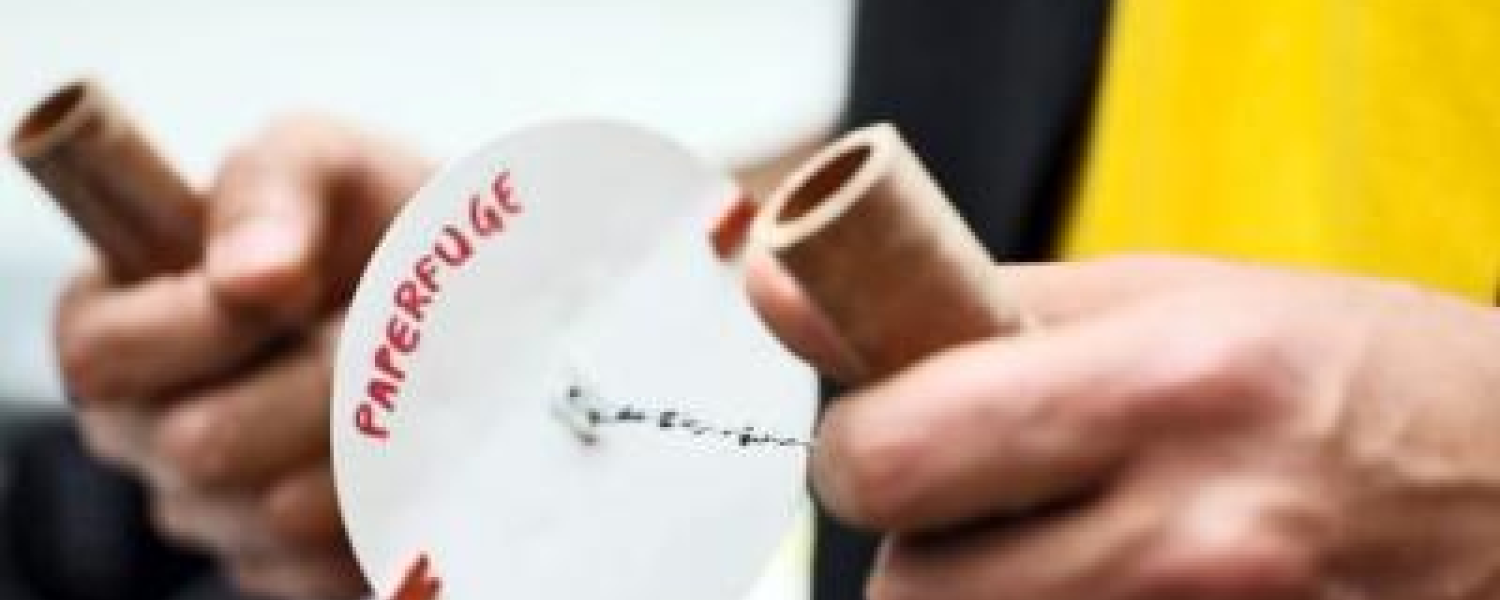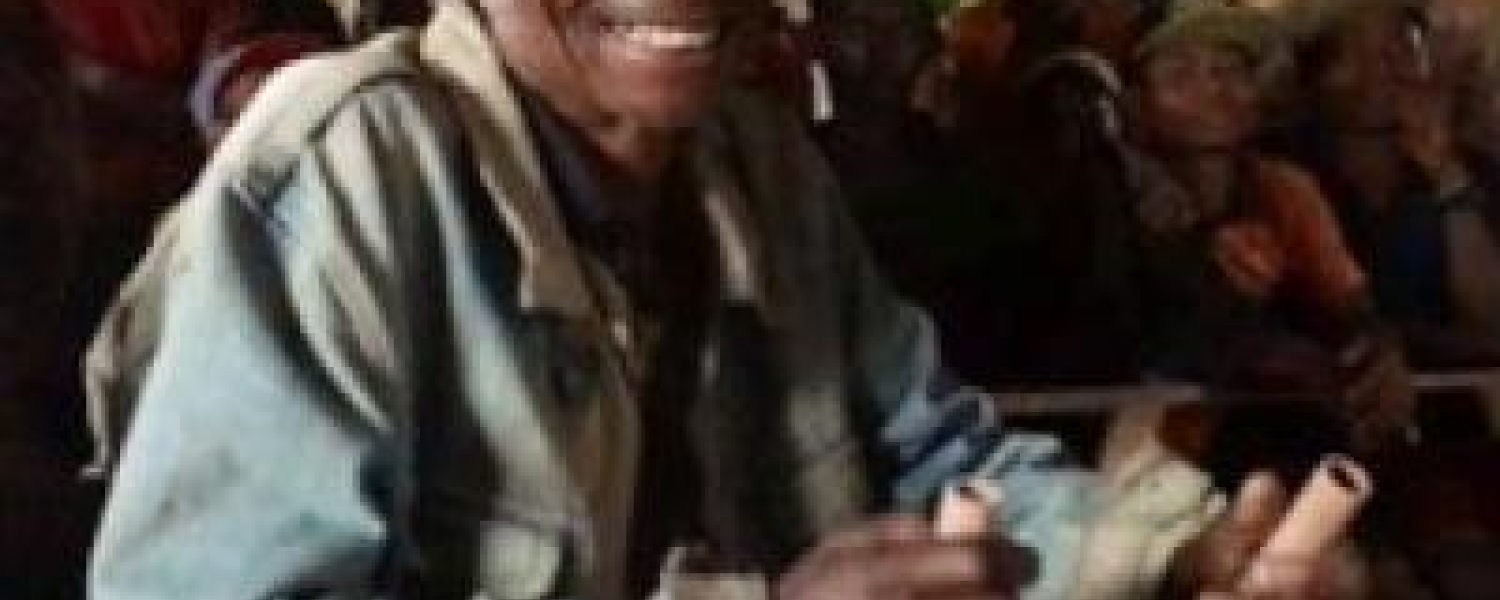


Curiosity-driven Frugal Science
Grand challenges
University
Course
VW5
Goals
This VIP has two broad goals. First, to explore curiosity-driven scientific questions. Second, to strive to make science, technology, and healthcare accessible to billions of people by inventing frugal tools and techniques. These goals are not mutually exclusive; pursuit of one often leads to insights for the other.
Issues
Although information is free to anyone with internet access, there are still many barriers that limit access to scientific tools and healthcare devices. How do we design and build tools and devices that are scientifically rigorous, but cost a few cents on the dollar? Driven by a child-like curiosity and guided by the philosophy of doing "frugal science," we box ourselves in to find out of the box solutions for global challenges in science education, agriculture, and healthcare.
An example of an ongoing project includes asking the question - what is the most efficient actuation mechanism for converting human muscle energy into rotation energy? A parallel question, based on experience in the field, may be - can we build a hand-powered centrifuge that spins at millions of rpm but costs pennies. This may lead to an investigation of children's toys (yotos, buzzers), which often hide complex unintuitive physics that can lead to development of the world's fastest hand-powered centirfuge (20-cent paperfuge:https//www.nature.com/articles/s41551-016-0009).
Potential questions we could ask: Can we build a portable gut microbiome analysis tool for studying malnutrition? What is the most efficient way of removing earwax? Can we build an analytical ultracentrifuge by hacking an electrical toothbrush? What is an efficient, scalable way to make artificial clouds? Why are hearing aids so costly? How do some animals generate ultra-stable biological foams? How can transparent nanocellulose paper be exploited for paper diagnostics? Why do we cry - and what's in our tears? How do we develop active nets for either harvesting clean drinking water out of thin air or for keeping mosquitoes out?
An example of an ongoing project includes asking the question - what is the most efficient actuation mechanism for converting human muscle energy into rotation energy? A parallel question, based on experience in the field, may be - can we build a hand-powered centrifuge that spins at millions of rpm but costs pennies. This may lead to an investigation of children's toys (yotos, buzzers), which often hide complex unintuitive physics that can lead to development of the world's fastest hand-powered centirfuge (20-cent paperfuge:https//www.nature.com/articles/s41551-016-0009).
Potential questions we could ask: Can we build a portable gut microbiome analysis tool for studying malnutrition? What is the most efficient way of removing earwax? Can we build an analytical ultracentrifuge by hacking an electrical toothbrush? What is an efficient, scalable way to make artificial clouds? Why are hearing aids so costly? How do some animals generate ultra-stable biological foams? How can transparent nanocellulose paper be exploited for paper diagnostics? Why do we cry - and what's in our tears? How do we develop active nets for either harvesting clean drinking water out of thin air or for keeping mosquitoes out?
Tools and Methods
Paper and PDMS Microfluidics
Soft Matter Physics - Experiments and Theory
Electronic Hardware Prototyping and PCB Design
3D Printing, Silicone Prototyping, Machining, AutoCAD
Optics and Imaging - Designing, Aligning, Callibrating Optical Assembly
Microscopy - Imaging and Quantification Analysis
Rheology and Complex Flow of Biological Fluids (tears, sweat, blood, stool, urine)
Programming: Matlab, Python, Arduino
Molecular and Cell Biology - PCR, gel electrophoresis, blotting, DNA microarrays, staining, culturing
Fieldwork including real-world testing, need-finding and implementation
Desired Majors
Biology
Biomedical Engineering
Chemical and Biomolecular Engineering
Chemistry
College of Sciences
Earth and Atmospheric Sciences
Electrical Engineering
Materials Science & Engineering
Mechanical Engineering
Physics